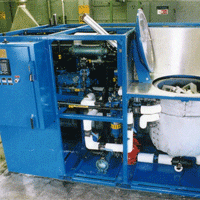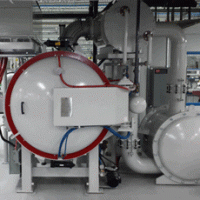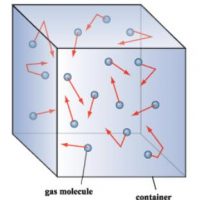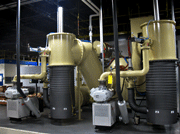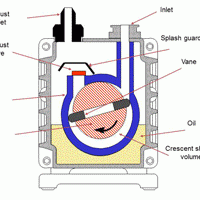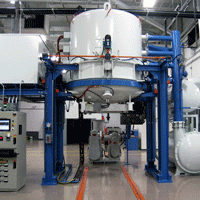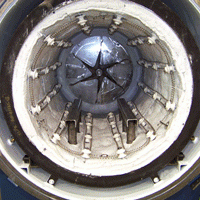Cleaning in a solvent offers a level of simplicity and forgiveness not seen in aqueous methods. At one time solvent cleaning was considered mandatory for successful vacuum processing but environmental concerns (VOC and other emissions) and improvements to aqueous systems including drying technology has seen the industry shift to aqueous cleaning as the norm. Today, however, with the advent of vacuum technology, vacuum vapor degreasing has emerged as a viable alternative to aqueous processing.
Solvent cleaning involves three basic steps: wash, rinse and dry. Washing is where the parts are immersed in or placed in contact with a (typically boiling) solvent to assist with the contaminant removal process. The purpose of rinsing is to bring “fresh” or clean solvent in contact with the parts. The aim is to dilute the contaminated solvent present on the surface of the parts from washing. It is important to remember that the rinse solvent must be kept clean. Contaminated solvent is a very common problem and will only reintroduce contaminants back onto the surface. The drying step evaporates the solvent and separates the rinse solvent from the parts.

